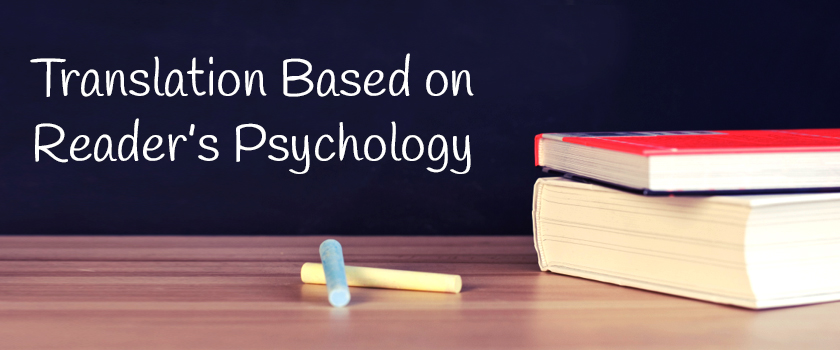Translation means not only translating literally, but also conveying the same cultural associations. Thus translators should translate with regard to the target language culture and the starting language culture. Failure to recognize or transfer cultural factors could lead to information loss. Most people buy with their emotions rather than their minds.
Human beings are social animals; they are subject to fixed culture and social traditions, so we cannot ignore cultural psychology of different countries. And then the translating of advertisement should respect the different cultural psychology. In the following, I will inquire into cultural psychology and its relationship with translation of advertisements.
1. Nation’s values
Value form the foundation of a culture. It provides the context within which a society’s attitudes toward such concepts as individual freedom, democracy, truth, justice, honesty, loyalty, social obligation, collective responsibility and so on. Value is not just abstract concept; it is invested with considerable emotional significance. People argue, fight, and even die over value such as freedom. Value is basic convictions that people have connected with what is right and wrong, good and bad, important and unimportant. This value is learned from the culture in which the individual is reared, and it helps to direct person’s behavior. Differences in cultural value often results in varying communication. Chinese and the western have many differences on value, these differences formed people different thought pattern, moral standards, behavior standard and so on. This is very important for intercommunication, and also important for translating advertisements.
The Chinese value the importance of the family, the hierarchical structure of social life; the cultivation of morality and self-restraint and the emphasis on hard work and achievement. Various researchers also stress the pride which Chinese people take in their culture as well as the fact that Chinese culture and society can be defined as “collectivist”.
While western people are extroverted, more direct, and value self-feel, they like surprises and adventures.
For example: Just do it — NIKE
It is translated into “想做就去做” when it is showed on Television in Hong Kong. The advertisement just can make the national characteristics stand out, so as to realize self-value of life in America. But in Hong Kong, Chinese people are more self-discipline; so many consumers think the advertisement may lead young people to undesirable tendencies. Then the advertisement is changed into “应做就去做”, and is accepted by most people. So translations must cater to the values of native people.
2. Sino-occidental thinking patterns
Thinking pattern is the way which people gain a deep understanding of content knowledge, make decisions, innovate, problem solve, and interact with others. People’s choice of words and design and organize of their speeches or writings are influenced by the thinking pattern.
Chinese people have spiral thinking pattern, they will get everything ready before speaking or say something; while western people’s thought was line, it happens frequently that they adopt more direct and simple way.
Read Also: Advertisement Translation and Reader’s Psychology 2
For example:
Impossible made possible 使不可能变为可能 — CANON
The new digital era 数码新时代 — SONY
We lead, others copy 我们领先, 他人仿效 — RICOH
When translating these sentences, translators pay more attention to the different thinking patterns of Chinese and western people. So the translates can be accepted by people.
3. Respect consumer’s customs and religious beliefs.
People of different nationalities get different customs and religious beliefs. Translators should not intend to change these fixed characteristics, but to adapt to and utilize them.
People worldwide love the scene of a blue sky and white clouds. However, the phrase “blue sky”(蓝天) is associated with “bond that cannot be paid off” in American English, so it should not be rendered into “blue sky” when the item is exported to American.
Another example is the clock called “金鸡牌闹钟”. It is translated word by word to be “Golden Cock Alarm Clock”. The word “cock” is also a taboo in England and American. It has the insinuation about a man’s genital organ. Obviously, this translation damaged the original beautiful image of the commodity.
Few consumers would like to buy such a commodity with an unpleasant name.
Therefore, when doing translation, we should take psychology and cultural factors into account. The improper translations may be used to lead a loss or distortion of the information.
What translators must be aware of in his mind is the psychology of consumers and the cultural difference between the source language and the target language, he must make the target readers have the same positive psychology reaction as the readers in the source language.



